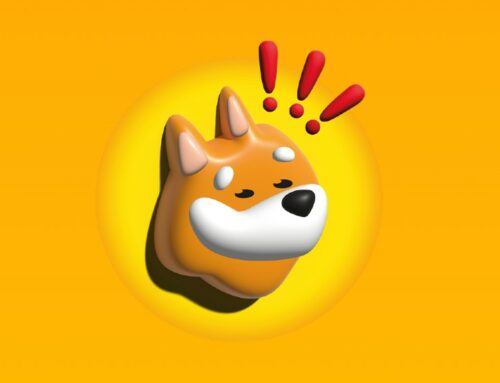The Evolving Landscape Of NFT Marketplaces
Since the first documented NFT entered the market in 2014, NFT marketplaces have continued to evolve at pace. This article explores emerging trends in the NFT marketplace sector.
Since their conceptualization just a decade ago in 2012, NFTs have rather quickly become a common term and topic in and around the ever-evolving digital landscape which connects much of our world today.
The NFT marketplace is designed to be an all-in-one platform upon which NFTs can be bought, sold, traded, and otherwise implemented according to protocols of the technological platform on which they function and interact.
Downtrend Across Markets
While the total crypto market experienced a downturn in 2022, although NFTs did as well, the rate of decrease was not as high for non-fungible tokens compared to the crypto market. Data references document around 40% left the Bitcoin ecosystem alone in Q2, in comparison to the 25% said to have exited the NFT market during the same period.
A Spike In Development Amidst Lower Market Activity
Just as it is the case with cryptocurrencies, an increased number of NFTs and NFT marketplaces have come to market in 2022. This gives evidence that beyond the current down markets, there could be increased volume on the other side. It is the shared opinion of many financial professionals that the global market is largely responsive to monetary policy, regulatory adjustments, and the overall cost of money with regards to the rate of inflation and interest rates in particular.
Oftentimes professionals read the market from different perspectives in order to gather a well-rounded analysis. Generally speaking, as development persists in a downmarket, if instruments in that specific market are relevant in the real world, then it could suggest it may only be a matter of time until the reemergence of value returns. Since NFTs, which are largely traded on NFT marketplaces, are considered to be a secondary market of the broader digital assets market, much like altcoins are second to Bitcoin in market flow, it would make sense that price action and volume would accurately reflect the first points of the market cycle flow. Currency typically flows into the market in stages from one to the next, and so on.
Leaders Among NFT Marketplaces
The OpenSea NFT marketplace has been in existence for public use since 2017. Despite some documented issues with security breaches in the recent past, OpenSea is still regarded as one of the top NFT marketplaces as of 2022. Beginners in the space are able to learn how to engage and purchase many popular NFT brands on the platform. OpenSea accepts the cryptocurrencies Ethereum, Solana and USDC for NFT sales. Being one of the earliest successful NFT marketplaces to launch on Ethereum has left the OpenSea model open to being evolved by others.
Binance launched its NFT marketplace offering in 2021. Features of the Binance NFT marketplace include easy-to-understand onboarding for new users, interoperability since it is built on the underlying Ethereum mainnet with smart contract compatibility, and low transaction fees. Due to its focus in education, Binance has become a preference for many new adopters to the space, who may need to begin with fundamentals like what is an NFT to start. Another perk on the Binance marketplace is, transaction charges are a minimal 1% on sales, compared to the 2.5% charged on OpenSea.
In under ten years of NFTs being a living concept, there are hundreds of marketplaces which currently span across dozens of public and private blockchain networks as of today. NFT marketplaces are being developed and scaled more than ever before in today’s emerging digital markets. Platforms such as Rarible.com, SuperRare, NBA Top Shot and others, have all been able to develop NFT marketplaces which account for significant volume, and offer value opportunities to their consistent platform users and supporters.
Outlook In The NFT Marketplace For 2022 And Beyond
While no one can say for sure what will exactly happen with the global cryptocurrency market and aspects of it, such as non-fungible tokens, the expectation has been that NFT marketplaces will continue to be scaled by the several active participants in the market sector. Blockchains such as Solana, Flow and Tezos are often named as leading networks which are diligently developing around the further implementation of NFTs in gaming, entertainment, and tokenization-related innovation. The Kakao business conglomerate is also active in the NFT space, mainly through one of its Korean-based subsidiaries, the Klaytn blockchain network.
The outlook for NFT marketplaces, which accounted for almost $25 billion in sales in 2021, seems bright. Even as all markets experience heightened volatility in times when interest rates and inflationary elements are uncertain, wars and global conflict persists, and other factors influence the markets, NFTs and their underlying marketplaces are showing strong signs of continuing beyond whatever ebbs and flows transpire along the way.
Editorial Note: This is a sponsored article. Opinions expressed are solely those of the sponsor and readers should conduct their own due diligence before taking any action based on information presented in this article.

Don’t miss out – Find out more today



